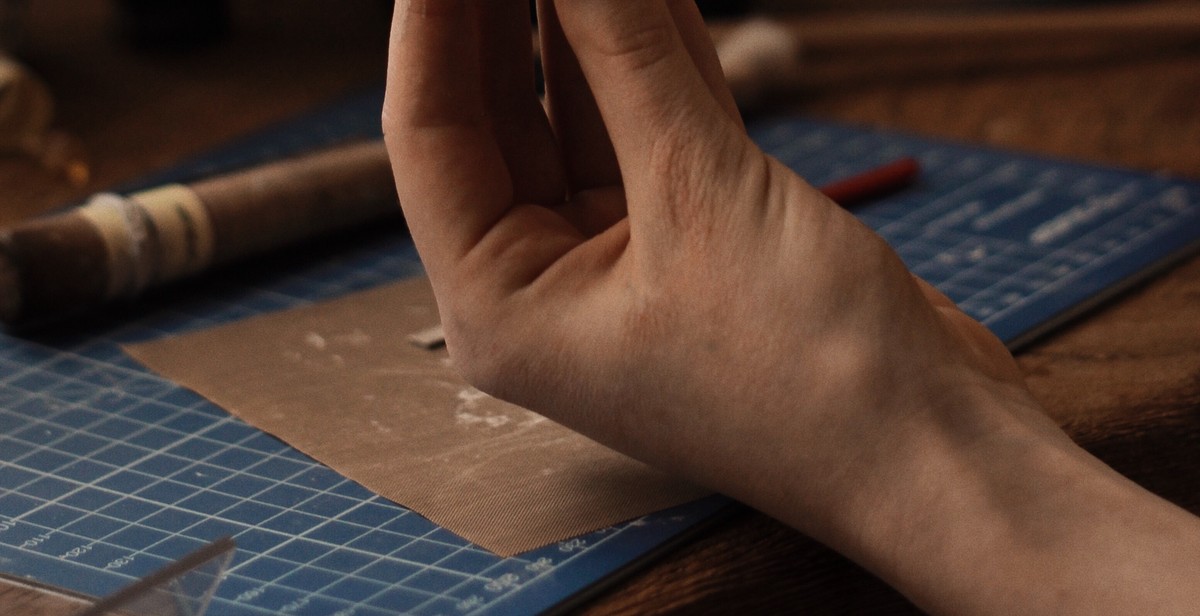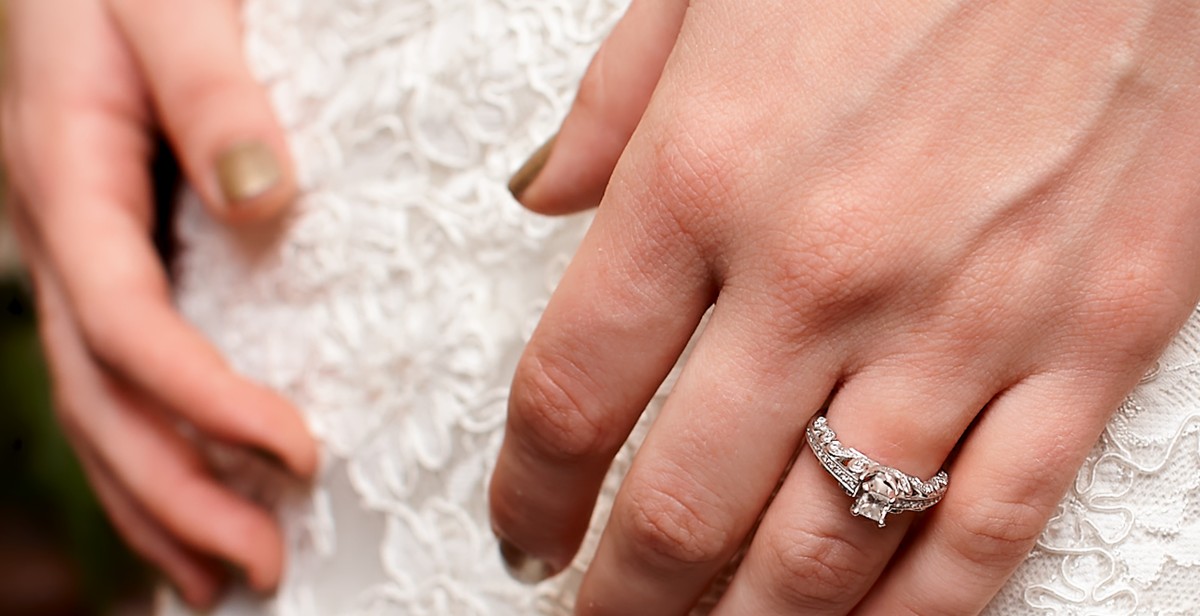The Art of Cameo Jewelry: Understanding the Intricacies of This Traditional Technique
Cameo jewelry is a type of jewelry that features a raised relief design on a contrasting background. The design is typically carved from a single piece of material, such as shell, coral, or stone. This traditional technique has been used for centuries to create beautiful and intricate pieces of jewelry that are highly sought after by collectors and enthusiasts alike.
There are several different types of cameo jewelry, including the traditional white-on-black style, as well as colored cameos and reverse cameos. Each type of cameo has its own unique characteristics and is created using different materials and techniques.
One of the most fascinating aspects of cameo jewelry is the level of detail that can be achieved using this technique. Skilled artisans are able to create intricate designs with incredible precision, often incorporating multiple layers and textures to create a truly breathtaking piece.
Whether you’re a collector or simply appreciate the beauty of finely crafted jewelry, understanding the intricacies of cameo jewelry is sure to deepen your appreciation for this timeless art form.
What is Cameo Jewelry?
Cameo jewelry is a type of jewelry that features a raised image or design on a contrasting background. The design is typically carved from a single piece of material, such as shell, stone, or coral, and then set into a metal frame to create a finished piece of jewelry. The technique of creating cameo jewelry has been around for centuries and is considered a traditional art form.
History of Cameo Jewelry
The history of cameo jewelry can be traced back to ancient Greece and Rome, where cameos were often used as decorative accents on clothing and furniture. These early cameos were typically carved from stone, such as agate or onyx, and featured intricate designs and images of mythological figures and scenes.
During the Renaissance, cameo jewelry became popular among the wealthy and aristocratic classes of Europe. The designs often featured portraits of important figures, such as monarchs and religious leaders, and were set into gold or silver frames.
By the 19th century, cameo jewelry had become more widely available and was popularized by the advent of mass production techniques. Many of these pieces featured romantic or sentimental motifs, such as flowers or cherubs, and were often given as gifts to loved ones.
Materials Used in Making Cameo Jewelry
The most common materials used in making cameo jewelry include:
- Shell: The most popular material for cameo jewelry due to its durability and ease of carving. The most common types of shell used include conch, cowry, and mother-of-pearl.
- Stone: Harder stones such as agate, onyx, and sardonyx are also commonly used for cameo jewelry.
- Coral: Coral is a softer material that is often used for smaller cameo pieces.
Regardless of the material used, creating a cameo requires a high level of skill and precision. The design is typically carved by hand using a small chisel or other carving tool, and the artist must carefully work around any natural flaws or imperfections in the material.
| Advantages | Disadvantages |
|---|---|
| Timeless and classic design | Can be expensive due to the level of skill and craftsmanship involved |
| Durable and long-lasting | May be difficult to find high-quality pieces |
| Can be customized to feature specific designs or motifs | May be too traditional for some modern tastes |

Types of Cameo Jewelry
Cameo jewelry is a timeless fashion statement that has been around for centuries. These pieces of jewelry are often crafted from a variety of materials, including shells, stones, and even glass. In this section, we will explore the different types of cameo jewelry, including classical and modern styles.
Classical Cameo Jewelry
Classical cameo jewelry is often associated with the Victorian era and is characterized by intricate details and elaborate designs. These pieces are typically crafted from materials such as shell, coral, and agate, and feature images of mythological figures, gods and goddesses, and other historical figures.
One of the most popular types of classical cameo jewelry is the brooch. These pieces are often large and feature intricate carvings that are set in a metal frame. They can be worn on the lapel of a coat or jacket, or even on a hat or scarf.
Another popular type of classical cameo jewelry is the pendant. These pieces are often smaller and feature a single cameo that is set in a metal frame. They can be worn on a chain around the neck or on a bracelet.
Modern Cameo Jewelry
Modern cameo jewelry has evolved to include a wide range of styles and designs. These pieces are often crafted from materials such as glass, resin, and even plastic, and feature a variety of motifs, including animals, flowers, and abstract designs.
One popular type of modern cameo jewelry is the ring. These pieces are often small and feature a single cameo that is set in a metal band. They can be worn on any finger and are a great way to add a touch of elegance to any outfit.
Another popular type of modern cameo jewelry is the bracelet. These pieces often feature multiple cameos that are set in a metal frame and linked together to form a chain. They can be worn alone or layered with other bracelets for a more dramatic effect.
| Type | Features |
|---|---|
| Classical | Elaborate designs, intricate carvings, mythological figures, large brooches, single pendants |
| Modern | Wide range of styles, glass/resin/plastic materials, animal/flower/abstract motifs, small rings, multiple cameo bracelets |

How is Cameo Jewelry Made?
Cameo jewelry is a traditional technique that involves carving or engraving a design into a material to create a raised relief. The most common materials used for cameo jewelry are shell, agate, and stone. Here, we’ll take a closer look at the two main processes used to create cameo jewelry: cameo carving and cameo engraving.
Cameo Carving Process
The cameo carving process involves carving a design into a material, typically shell. The process typically starts with selecting a suitable shell, which is then cut into a flat surface. The artist will then sketch the design onto the shell, before carefully carving away the excess material to create the raised relief design. This process requires a lot of skill and patience, as the artist needs to be able to carve the design without breaking the fragile shell. Once the carving is complete, the artist will typically polish the cameo to give it a smooth, shiny finish.
Cameo Engraving Process
The cameo engraving process involves engraving a design into a material, typically agate or stone. The process typically starts with selecting a suitable material, which is then cut into a flat surface. The artist will then use a small, pointed tool to carefully engrave the design into the material, creating a raised relief. This process also requires a lot of skill and patience, as the artist needs to be able to engrave the design without breaking the material. Once the engraving is complete, the artist will typically polish the cameo to give it a smooth, shiny finish.
Both cameo carving and engraving are highly skilled processes that require a lot of patience and attention to detail. The end result is a beautiful piece of jewelry that showcases the intricate design and craftsmanship of the artist.

Caring for Cameo Jewelry
Cameo jewelry is a delicate and intricate art form that requires special care to maintain its beauty and value. Here are some tips on how to care for your cameo jewelry:
Cleaning Cameo Jewelry
When cleaning cameo jewelry, it is important to be gentle and avoid harsh chemicals that can damage the delicate surface of the cameo. Here are some steps to follow:
- Use a soft-bristled brush to gently remove any dirt or debris from the surface of the cameo.
- Mix a small amount of mild soap with warm water and dip a soft cloth into the solution.
- Gently wipe the surface of the cameo with the damp cloth, being careful not to rub too hard or apply too much pressure.
- Rinse the cameo with clean water and dry it with a soft cloth.
It is important to avoid using ultrasonic cleaners or steam cleaners, as these can damage the delicate surface of the cameo.
Storing Cameo Jewelry
Proper storage is essential to keep your cameo jewelry looking its best. Here are some tips on how to store your cameo jewelry:
- Store your cameo jewelry in a cool, dry place away from direct sunlight and humidity.
- Wrap each piece of cameo jewelry in a soft cloth or tissue paper to prevent scratches or damage from rubbing against other jewelry.
- Store your cameo jewelry separately from other jewelry to prevent tangling or scratching.
- Avoid storing cameo jewelry in plastic bags or containers, as these can trap moisture and cause damage to the delicate surface of the cameo.
By following these simple tips, you can help ensure that your cameo jewelry remains beautiful and valuable for years to come.
Conclusion
Cameo jewelry has been a popular form of adornment for centuries. From ancient times to the present day, this traditional technique has been used to create beautiful and intricate pieces that are treasured by collectors and enthusiasts alike.
Understanding the intricacies of cameo jewelry requires a deep appreciation for the artistry and skill that goes into its creation. Whether you are a collector, a designer, or simply someone who appreciates the beauty of these pieces, there is much to be gained from exploring the history and techniques of this art form.
As we have seen, cameo jewelry is a complex and multi-faceted art form that requires a great deal of skill and patience to master. From the selection of the right materials to the carving and polishing of the final piece, every step of the process requires the utmost attention to detail and a deep understanding of the materials and techniques involved.
- Whether you are a collector looking to add to your collection or a designer looking for inspiration, cameo jewelry offers a rich and varied world of artistic expression that is sure to captivate and inspire.
- So if you are interested in exploring the art of cameo jewelry for yourself, be sure to take the time to study the history and techniques of this fascinating art form.
With its rich history, intricate techniques, and timeless beauty, cameo jewelry is a true treasure of the art world, and one that is sure to continue to captivate and inspire for generations to come.

